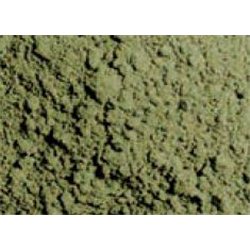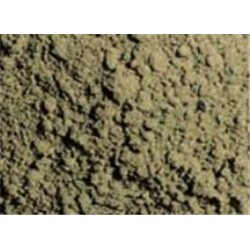There are a number of different options for attaching figures such as a horse and rider to a layout. Perhaps the...
No products
Product successfully added to your shopping cart
There are 0 items in your cart. There is 1 item in your cart.
Search Tips
How do I weather a model using pigments?
Weathering by using pigments is a great way to add depth and realism to your model. The process is easy to apply and rewards the slow and measured 'bit at a time' approach. When completed it can really make a model 'pop' visually by making it look incredibly life-like. Here's a basic process for weathering a model using pigments:
First, clean and prime the model. This will ensure that the pigments will adhere properly to the surface of the model. Next, mix the pigments with a medium, such as water, alcohol or matt varnish. This will create a thin, paintable consistency. Apply the pigment mixture to the model using a brush or airbrush. Be sure to apply it in thin, translucent layers, building up the weathering effects gradually.
Use a dry brush technique to remove excess pigments and blend the pigments into the surface of the model. Use a smaller brush to apply pigments to specific areas, such as panel lines, to create depth and highlight the details.
Pigments are extremely versatile as a weathering medium. They can be applied dry with a brush which makes them especially effective at modelling accumulated deposits such as dirt and mud or other debris. They can also be mixed with water to simulate different effects. For example, rust pigment can be added to a spot on a vehicle or locomotive and then add a little water with a brush to develop rust streaks. The same process can be used to achieve oil or fuel streaks.
Pigments are an exceptionally effective weathering technique. Different pigments can be mixed together or be used in conjunction with other similar techniques such as dry-brushing, chipping, masking fluids and washes to achieve a wide range of different weathering effects. The great benefit of weathering a model is that most weathering patterns are completely random in nature, thus allowing a modeller considerable scope to be creative. It can, of course, be overdone but generally there is no right or wrong answer. If something looks a little overdone then in many cases it can be cleaned off or overpainted and simply start again.
Click here to receive the tips weekly in your mailbox. You can unsubscribe at any time.










